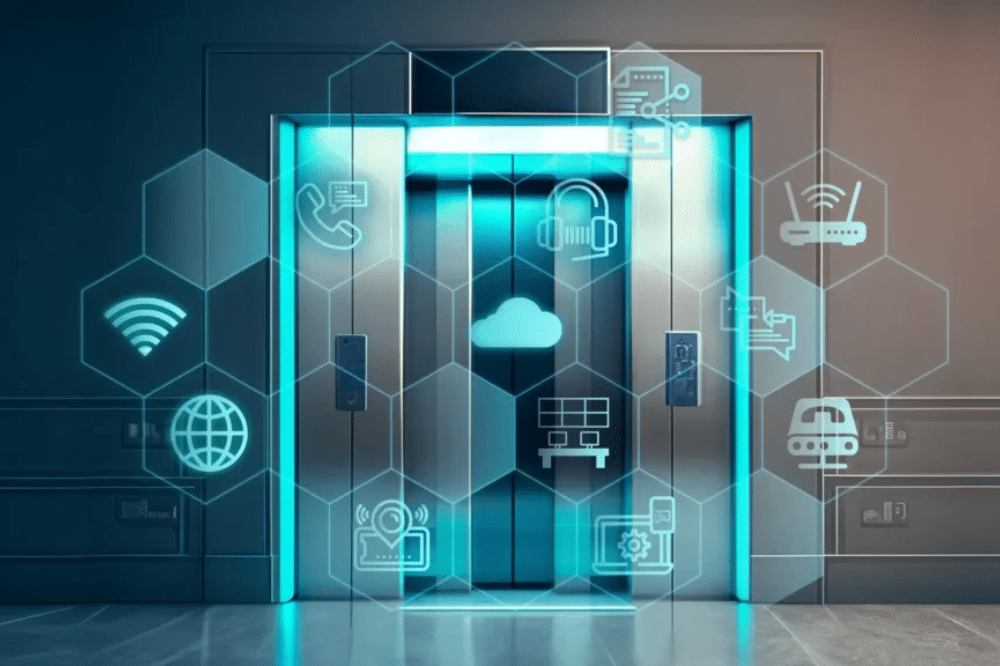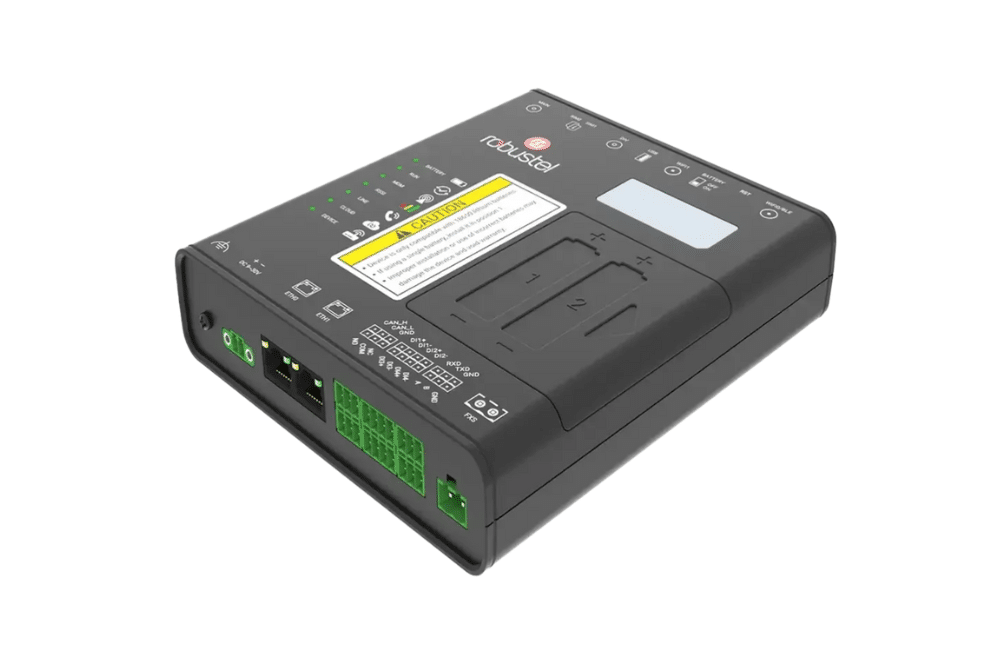If you were to get stuck in an elevator in a building, you would quickly understand how important a reliable emergency communication system is in elevators. In the event of any malfunction in the elevator, it is important to be able to call for help as soon as possible. According to the standard set by the International Building Code (IBC), the installation of a two-way communication system in elevators is mandatory.
Elevator communication systems must provide visible text and voice modes and meet the requirements that will be detailed in this article: People in the elevator and emergency personnel must be able to communicate in both modes in real-time, two-way.
VoLTE / VoIP gateways play an important role in elevator communication system security. Let's talk about how vertical transportation systems can be made smarter and more advanced with VoLTE / VoIP gateway solutions.
VoLTE / VoIP Gateway Solutions in Elevator Communication Systems
More Reliable Communication
In residential or commercial buildings with multiple floors, elevators play an important role in rapid vertical movement within the structure. Elevator communication systems are especially vital in emergency situations. Ensuring the safety of people in the elevator, providing them with information that they are safe through two-way voice communication in case of any entrapment, in other words, establishing mutual communication, is critical.
Traditional intercom systems may not be sufficient to ensure uninterrupted communication with people. VoLTE (voice over LTE / 4G) and VoIP (Voice over Internet Protocol) supported gateways, in other words, gateways, allow voice communication over the internet. In this way, they can provide the expected two-way voice communication from elevator communication systems.
Communication Covering All Passengers
In traditional elevator systems, providing voice communication over the elevator's speaker is the most common communication method. Although it is a frequently preferred method, this method is not useful for people with hearing or speech difficulties. For this reason, in 2018, the International Building Code established a two-way communication system to prevent communication disruptions with various communication technologies.
VoLTE / VoIP gateways surpass traditional systems with their technology. In the system made possible by these devices, passengers can choose which communication method to use, whether text or video. With the use of VoLTE / VoIP gateway, as a result of being able to use various verbal, written or visual cues, it is ensured that no passenger's emergency message is missed or not conveyed.
Easy Integration with Building Systems
The modern VoLTE / VoIP gateway solution, which can be easily integrated with building management systems, allows elevators to be monitored and controlled from a central location.
This integration with building management systems allows real-time communication between elevators, security personnel and building management.
Rapid Response in Emergencies
In the event of power outages, natural disasters and other disasters, a direct communication line can be established between passengers and the emergency center via VoLTE / VoIP gateway equipment.
Automatic emergency protocols and the ability to respond quickly allow timely contact with authorities in critical situations. This allows for a fast and well-organized rescue operation.
Enhanced Security and Surveillance Capability
VoLTE / VoIP gateway solutions make a significant contribution to elevator safety with advanced monitoring features.
In the event of an illegal entry or suspicious activity, both audio and video recordings provide important information about the incident, increasing security.
Ease of Remote Monitoring and Diagnostics
Maintenance specialists can remotely monitor their elevators using VoLTE / VoIP gateway equipment, quickly identify any problems, and thus prevent larger problems from arising.
With the use of remote access, problems that occur in the elevator can be resolved as quickly as possible, which not only prevents downtime, but also ensures that the elevator continues to operate without interruption.
Compliance with IBC Requirements
To ensure passenger safety, specific laws governing elevator communication systems have been enacted in various regions.
With its technical features, the VoIP gateway guarantees building managers that elevator communication systems comply with industrial requirements.
Rapid Adaptation to Technological Developments
As technological advancements occur, VoIP gateways, which are designed to be upgradeable, can be easily updated with new functionalities.
The ability of elevator communication systems to quickly adapt to new technologies makes them much more robust and extremely beneficial for building management.
The use of these gateway solutions is essential for modern buildings. Positioning these devices in elevator communication systems ensures increased passenger safety.
Smart Elevator Management with IoT Technology
Thanks to IoT integration, the VoLTE/VoIP gateway solution provides many benefits to buildings, especially two-way voice communication in emergencies. By integrating gateways with elevator sensors and equipment, the building infrastructure can be made intelligent. Elevators with voice communication capabilities comply with communication regulations and join the smart building technology ecosystem.
Conclusion
Providing two-way voice communication is essential for safe, inclusive, and smarter elevators. The most practical way to achieve this is to use a VoLTE/VoIP gateway that complies with IBC requirements in elevator communication systems. These devices can take elevator communication systems a step further thanks to their inclusivity by offering multiple communication channels, compliance with international regulations, and easy integration with smart systems.
Do you need a reliable communication solution for smart elevator management? You can upgrade your building's security and communication infrastructure with Robustel's EV8100 series, an advanced VoLTE/VoIP gateway designed to meet the needs of today's elevator systems and essential industry standards such as EN 81-28.


